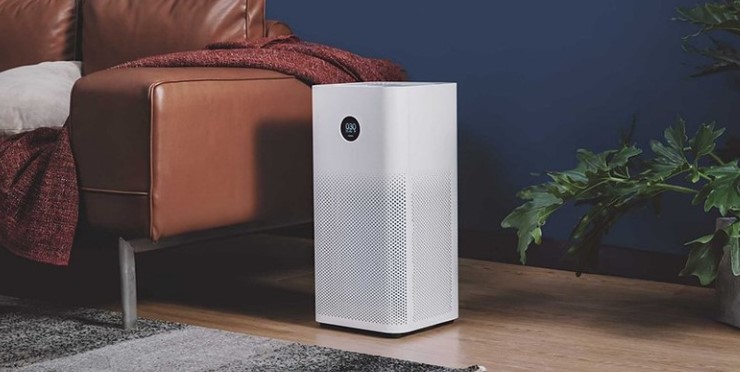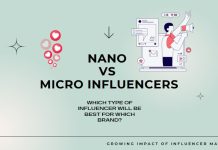Air purification technology refers to the methods used to remove pollutants and impurities from the air. There are several different types of air purification technologies, each with its unique strengths and limitations:
-
HEPA (High-Efficiency Particulate Air) filters: These filters are designed to capture particles as small as 0.3 microns, making them effective at removing dust, pollen, and other particulates from the air.
-
Activated carbon filters: These filters use activated carbon to adsorb chemicals, gases, and odors from the air.
-
UV (ultraviolet) light: UV light can be used to kill or inactivate microorganisms such as bacteria and viruses in the air.
-
Ionizers: Ionizers use electrical charges to attract and neutralize pollutants in the air.
-
Ozone generators: Ozone generators create ozone, a powerful oxidizer, to neutralize pollutants in the air.
-
PCO (photocatalytic oxidation) technology: This technology uses UV light and titanium dioxide to purify air through a chemical oxidation process.
-
Electrostatic precipitators: these devices use electrical charges to attract and remove particulate matter from the air
-
Thermal and photocatalytic oxidation: This technology uses heat and UV light to oxidize pollutants and volatile organic compounds in the air.
Different air purification technologies will be more effective at removing certain types of pollutants, so it’s important to choose a system that is well-suited to your specific needs.
An Indoor Air Purification Solution
An indoor air purification solution is a device or system that is designed to remove pollutants and impurities from the air inside a building. Some popular indoor air purification solutions include:
-
HEPA air purifiers: These devices use HEPA filters to capture particles as small as 0.3 microns, making them effective at removing dust, pollen, and other particulates from the air.
-
Activated carbon air purifiers: These devices use activated carbon filters to adsorb chemicals, gases, and odors from the air.
-
UV air purifiers: These devices use UV light to kill or inactivate microorganisms such as bacteria and viruses in the air.
-
Ionizer air purifiers: These devices use electrical charges to attract and neutralize pollutants in the air.
-
PCO air purifiers: These devices use UV light and titanium dioxide to purify air through a chemical oxidation process.
-
Electrostatic air purifiers: These devices use electrical charges to attract and remove particulate matter from the air
-
Hybrid air purifiers: These devices combine multiple technologies, such as HEPA filters, activated carbon filters, and UV light, to provide a more comprehensive solution for removing pollutants from the air.
It’s important to consider the specific pollutants and impurities present in your indoor air when choosing an air purification solution. For example, if you are looking to remove mold spores, it would be best to choose a purification solution that uses UV light as a method of removal. Additionally, if you are looking to remove chemical pollutants, an activated carbon filter would be the best choice.
Antibacterial and Air Purification Products
There are several products available on the market that claim to have both antibacterial and air purification properties. Some popular options include:
-
Air purifiers with UV-C light technology: UV-C light is known to kill or inactivate microorganisms such as bacteria and viruses, thus, some air purifiers have been designed to include UV-C light technology.
-
Air purifiers with photocatalytic oxidation (PCO) technology: Some air purifiers use UV light and titanium dioxide to purify air through a chemical oxidation process, which can neutralize bacteria and other microorganisms.
-
Air purifiers with ionizer technology: Ionizers use electrical charges to attract and neutralize pollutants, including bacteria and other microorganisms, in the air.
-
Air purifiers with photocatalytic filters: These filters use UV light and titanium dioxide to neutralize bacteria and other microorganisms, as well as other pollutants such as volatile organic compounds and odors.
-
Air purifiers with antimicrobial filters: These filters are treated with antimicrobial agents to inhibit the growth of bacteria and other microorganisms, they are often combined with other technologies like HEPA or activated carbon filters.
-
Air purifiers with air sterilization technology: Some devices use ozone or hydrogen peroxide to sterilize the air, while others use hydrogen peroxide plasma to neutralize bacteria and viruses.
It’s important to note that while these products may be effective at removing certain microorganisms from the air, they should not be used as a substitute for proper cleaning, sanitation, and infection control practices. Additionally, some technologies, like ozone generators, may not be safe for human use. It’s recommended to consult with experts before purchasing any of these products.
Nanophotocatalyst Technology
Nanophotocatalyst technology is a method of air purification that uses tiny particles of a photocatalyst, typically titanium dioxide (TiO2), to neutralize pollutants in the air. When exposed to light, the photocatalyst particles create reactive oxygen species that can break down organic compounds and other pollutants.
One of the key benefits of nanophotocatalyst technology is its ability to minimize organic substances in the air. When the photocatalyst particles are exposed to light, they create highly reactive oxygen species that can oxidize and break down organic compounds, such as volatile organic compounds (VOCs), formaldehyde, and other pollutants. This process is called photocatalytic oxidation (PCO).
In addition to its ability to purify the air, nanophotocatalyst technology has several other advantages. The tiny particles are able to penetrate deep into small spaces and crevices, making it an effective method for cleaning and purifying the air in enclosed spaces. Furthermore, the photocatalyst particles do not produce any harmful byproducts, making it an environmentally friendly option for air purification.
It’s important to note that, in order to be effective, nano photocatalyst technology requires a source of light, such as sunlight or artificial light. Additionally, the particles tend to lose their effectiveness over time and will need to be replaced or reactivated.
Overall, nano photocatalyst technology is a promising method for purifying the air and minimizing organic substances, but it’s important to consult with experts or conduct research on the specific product you are considering purchasing, to ensure the product is the right fit for your needs. These qualities can have antiviral, antibacterial, and odor-degrading effects. There will be no negative impact on air purification. The effectiveness of air purification is not diminished by closing doors and windows, even though external pollutants are reduced.
Air purification can have a positive impact on health by removing pollutants and contaminants from the air. Some specific health benefits of air purification include the following:
-
Improved respiratory health: Air purifiers can remove allergens, dust, and other particles that can cause respiratory problems such as asthma and allergies.
-
Reduced risk of infection: Air purifiers can remove bacteria, viruses, and other microorganisms that can cause infections.
-
Improved mental health: Removing pollutants and odors from the air can improve overall indoor air quality and reduce stress and anxiety.
-
Reduced risk of cancer: Air purifiers can remove volatile organic compounds (VOCs) and other pollutants that have been linked to cancer.
It’s important to note that not all air purifiers are equally effective, and some can even produce harmful byproducts if not used properly. Air purifiers alone may not be enough to address all indoor air quality concerns.
It’s important to also address other issues that can affect indoor air quality, such as source control, ventilation, and moisture control. Additionally, it’s important to consult with a professional or an expert in the field to determine the best method for your specific needs.







